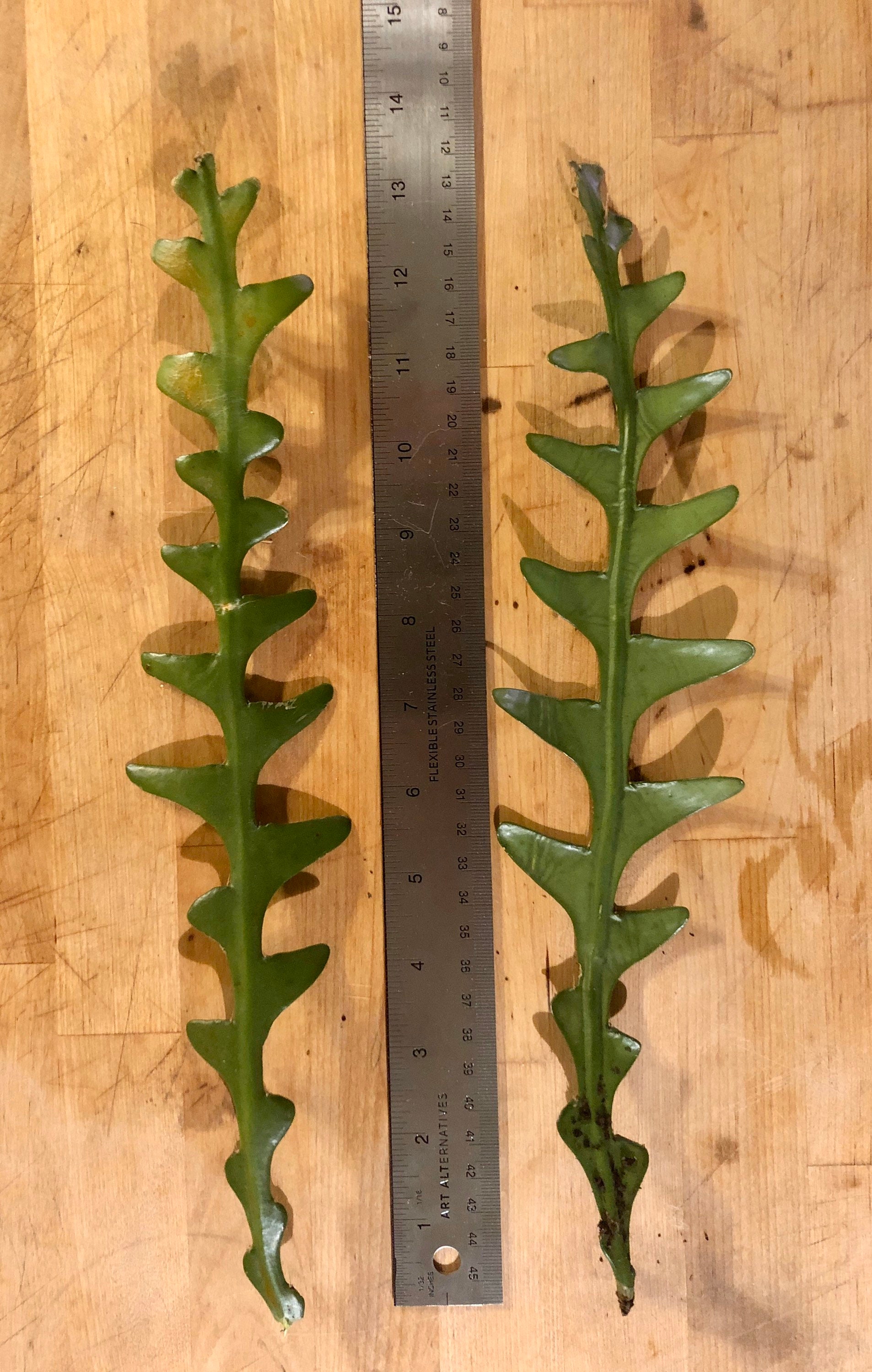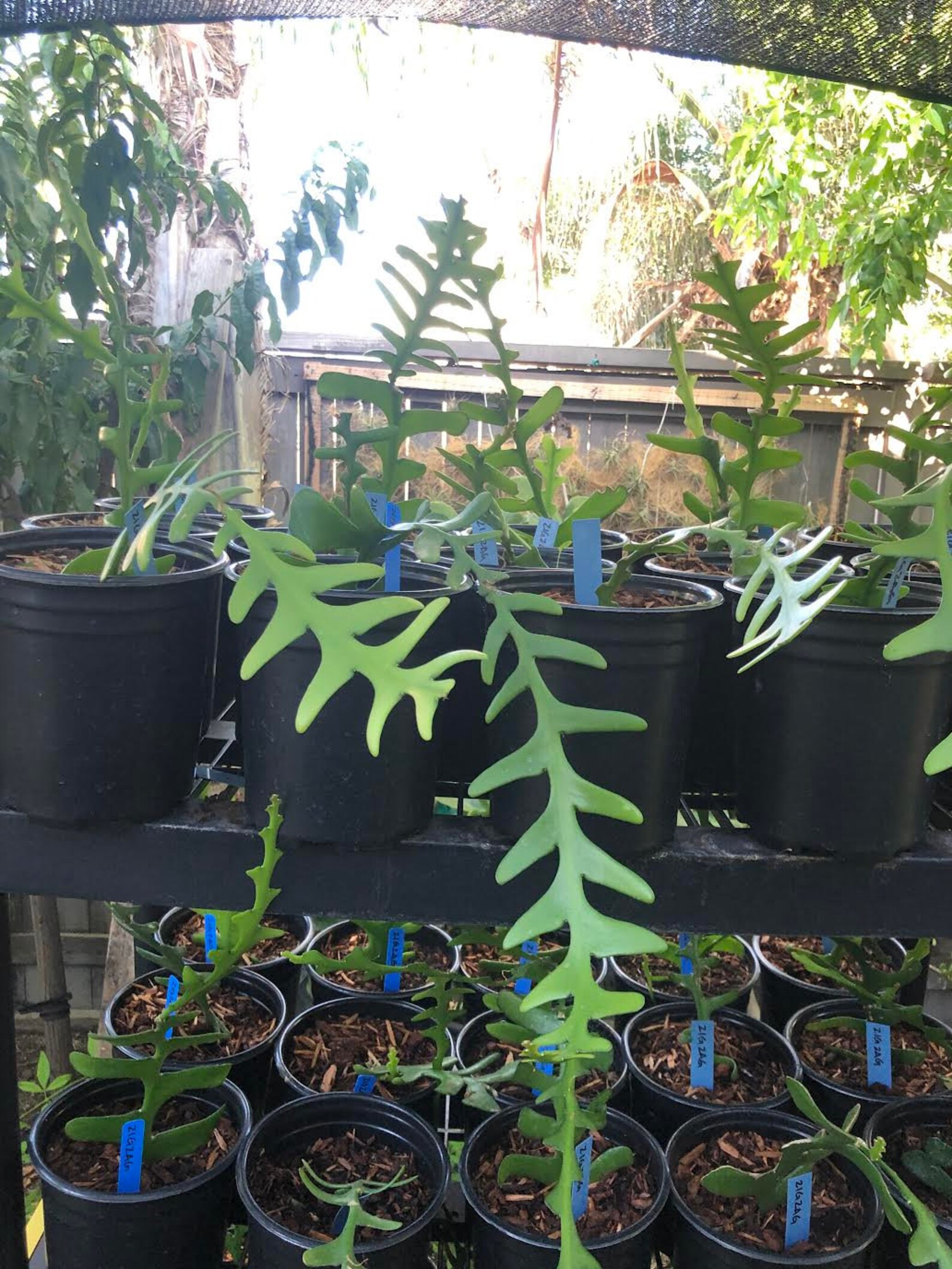
You can propagate the backbone Pedilanthus plant from cuttings.

#ZIGZAG PLANT CLIPPING HOW TO#
How To Propagate Devils Backbone “Pedilanthus” Slow down on watering as Jacob’s ladder prepares for its winter rest. Perfect time to start new plants from cuttings. Provide plenty of bright light and lots of water. Watch out for more intense sunlight in spring which can scorch leaves. Keep plants in plenty of bright lighting even some direct sun. Provide as much bright light as possible.īegin to water more and starting feeding every 3-4 weeks. Jacob’s Ladder Care Tips – What To Do Month by Monthĭevil’s backbone plant rests during winter, water sparingly, do not fertilize. Other than pinching, plants need no particular grooming tasks. Pinching the tips helps encourage thicker growth. Pin variegated devil’s backbone plant growing outdoors Maintenance and Groomingįor a bushy plant, pinch out the tips of the plant occasionally.
#ZIGZAG PLANT CLIPPING FREE#
You can easily pull the plant from its container, shake the clumps of dirt free from around the roots, and place it in the new pot. When transplanting, get the new pot ready first. The plant should be repotted every two to three years in a well-drained soil mix. You may also want to add a little bit of peat moss to help absorb excess water. To keep this plant healthy, use a commercial cactus mix or prepare your own potting soil mixture. In the spring and fall, water moderately.įrom spring to the middle of summer, add a liquid fertilizer when watering every three to four weeks. The zig zag plant is drought-tolerant but does best in moist soil with regular watering throughout the summer and hardly at all during the winter. Zigzag Plant Care – Watering and Feeding Jacob’s Ladder TIP: Increase the humidity by misting the leaves and branches with water from a spray bottle. It can thrive indoors at room temperature if kept it in a humid area. It’s a tropical plant needing a combination of sunlight and moisture. If temperatures get below 40° degrees Fahrenheit during the winter, move the plant indoors. The recommended growing zone is USDA hardiness zone 9 – 11. It grows best in an area receiving sun throughout the day without direct sunlight. Provide this succulent plant with plenty of sunlight. Devil’s Backbone Plant Temperature and Light Requirements The orangish-red flowers grow from the tips of the stems on small, slipper-shaped bracts. The flowers are small, don’t last long, and do not produce a scent. Flowering and Fragranceĭevil’s backbone produces small slipper-shaped flowers, where the Latin name Pedilanthus (“Slipper Flower”) comes from. It grows at a medium rate and may take several years to mature. As the plant matures, it can become quite bushy. When the plant is still maturing, its leaves may not grow very thick.

The thick branches and stems have a zig-zag pattern and produce small, oval-shaped leaves with pointed tips. The Devil’s Backbone plant is a shrub and may eventually reach three to four feet in height. Devils Backbone Plant Care Size and Growth

Here are a few tips on caring for this unique plant. In some regions, you’ll discover additional common names.

Redbird cactus flower or Redbird flower.Besides the Devil’s Backbone plant, it’s commonly called: No matter what scientific name used, it also goes by many different common names. African Milk Tree – Learn tips on Euphorbia trigona care.Crown of Thorns plant (Euphorbia milii).The Devils backbone now calls the below Euphorbias “cousin”: While it’s still often called the Pedilanthus tithymaloides, the Pedilanthus genus has been merged into the Euphorbia genus, giving it the name “Euphorbia tithymaloides.” Pin Variegated Devil backbone plant flower The plant is native to the subtropical regions of Central America and North America. The Devil’s Backbone plant – Pedilanthus tithymaloides with its zig-zag stems give it a distinct look.


 0 kommentar(er)
0 kommentar(er)
